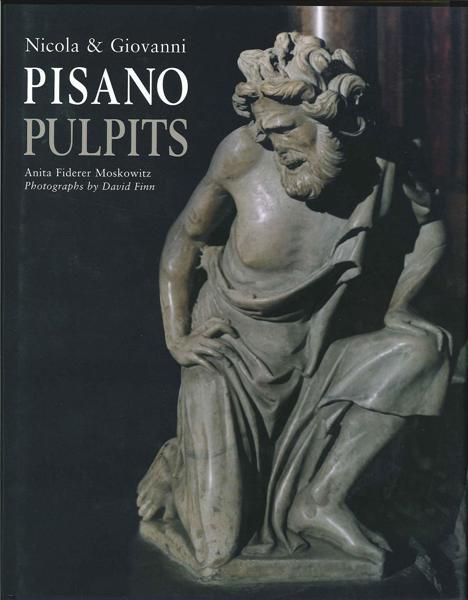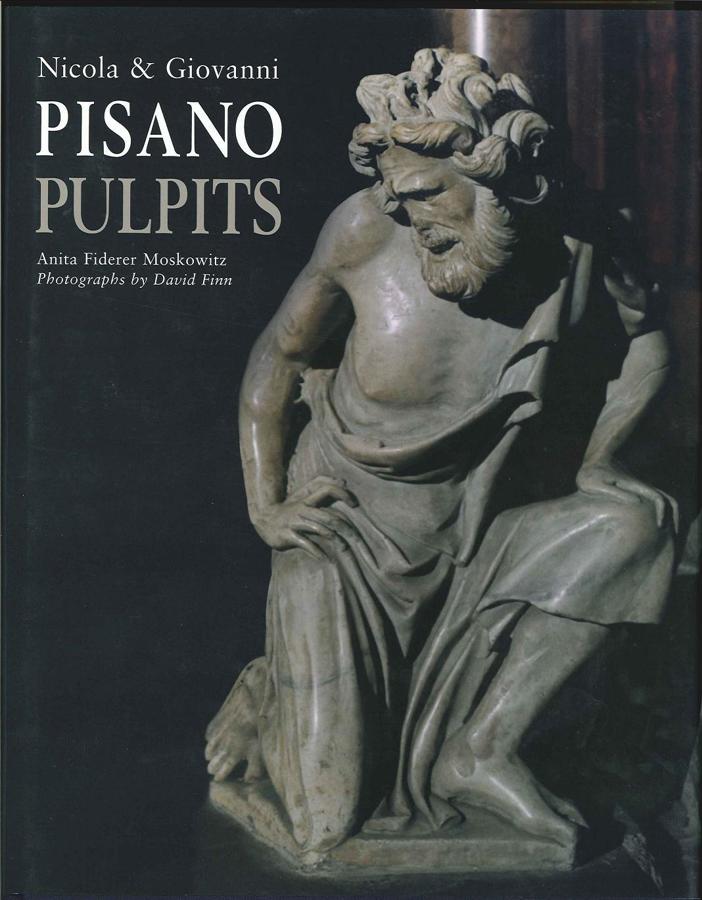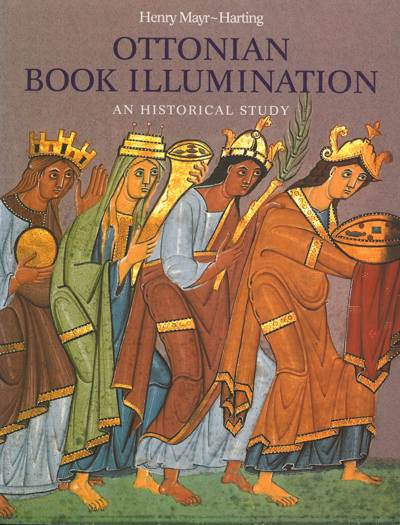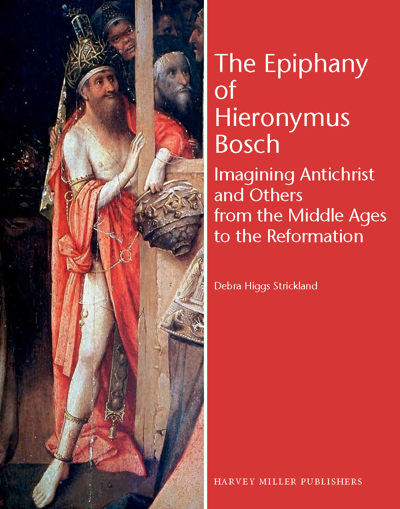
Nicola & Giovanni Pisano: The Pulpits
Anita Fiderer Moskowitz
- Pages: 364 p.
- Size:220 x 280 mm
- Illustrations:330 b/w, 8 col.
- Language(s):English
- Publication Year:2006
- € 95,00 EXCL. VAT RETAIL PRICE
- ISBN: 978-1-872501-49-9
- Hardback
- Available
The pulpits by Nicola and Giovanni Pisano were produced during a period of enormous economic, intellectual, cultural and spiritual flux. The expanded body of knowledge that resulted from the rise of Scholasticism-a theological-intellectual current that, beginning in the French cathedral schools of the twelfth century, attempted to reconcile Christian faith with the newly valued ideals of observation and reason, in short, to synthesize Christian and classical learning--found expression in new themes and naturalistic motifs abounding in painting, book illumination and sculpture, and in religious and civic iconography. In contrast to the emphasis on transcendental experience of the earlier Middle Ages, the new urban-centered religious orders of the thirteenth-century, such as the Domincans and the Franciscans, fostered a more direct, empathetic relationship between ordinary mortals and God and his saints. The Pisano pulpits were profoundly informed by these new conditions and concerns, and in turn they contributed to changing perceptions about the natural world and the nature of religious experience. Indeed, these pulpits are among the earliest visual manifestations in Italy of the scholastic inclination to embrace a wide range of knowledge, for the narratives relating biblical history are augmented by representations of Virtues and Vices, Liberal Arts, and pagan prophetesses of antiquity.
The sermons expounded from these and other urban pulpits were very much enhanced by the charisma of their preachers and the interplay between the verbal and the visual, both of which were expressed in the "vernacular," that is, in the case of sermons no longer only in the remote Latin tongue, and in the case of visual imagery no longer employing the abstract forms and symbols of earlier periods. But preaching was by no means the sole function of these raised platforms; they were used for a variety of ceremonial occasions and, like the para-liturgical mystery and miracle plays that were becoming increasingly popular, they satisfied the needs for edification, diversion, and even entertainment, needs as compelling in the thirteenth and fourteenth centuries as they are today.
In this book we explore in word and image these and other issues related to the pulpits of Nicola and Giovanni Pisano, both as individual masterpieces and as monuments within the larger context of pulpit traditions. Nicola and Giovanni, different as were their sculptural styles, were both consummate story-tellers and it is nothing less than astonishing to observe the formal devices employed to make those stories as compelling as possible: We shall thus witness varying interpretations of the narratives, differing iconographic emphases and formal devices, changing conceptions of the human figure, and the development of spatial awareness in the work of both father and son. By offering close readings of the narrative and figural iconography, and the sculptural form conceived to give them expression, this book invites the modern viewer-reader to follow the itinerary of their original audience, the worshiper standing before and walking around each pulpit. In addition, however, numerous close-up views of passages difficult to see in situ offer privileged access to details readily visible primarily to the sculptor at work rather than the standing or circumambulating spectator.
Anita Moskowitz is Professor of Art History at the State University of New York at Stony Brook. Her fields of interest are art and architecture history, and medieval and Renaissance art.





